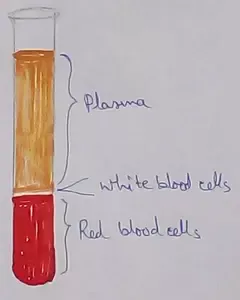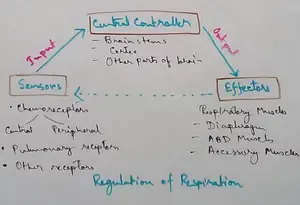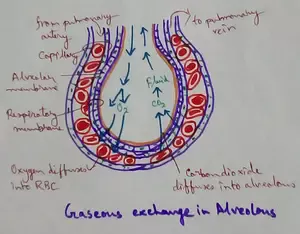Mass and Weight
We will discuss here about the measurement of mass and weight of any object. When we look around we can see innumerable varieties of objects physically, which are known as substances ; from a tiny particle to a huge bolder, all these are considered as substances and can be perceived by our sense organs. Each substance is made up of some material and the quantity of material present in a substance is its mass.
If a cricket ball is powerfully hit by a bat the ball moves up. After reaching a certain height the upward movement of the ball ceases and it starts falling down to the Earth because it is due to the attraction of the Earth. The Earth attracts every object exists on and around it towards itself. This attraction is known as the gravity of the Earth. The force of attraction of the Earth on a particular mass of a body is known as the weight of that body.
The force of gravity on a body varies slightly from place to
place on the Earth. On a hill top the gravity of a body will be lesser than on
a plain land. If gravity reduces at any place due to its height from the centre
of the Earth, the weight of a body also reduces at that place proportionately.
So, weight of a body, measured in Mount Everest, will be lesser than its weight
as measured in Delhi. Thus, the gravity of the Earth at its centre is zero and
maximum on its surface. So if we go down to a mine the gravity will be lesser
and our weight will decrease. But mass of a substance is always constant and it
never changes with the change in gravity and place.
Note:
All stars and planets in the Universe have their own gravity, which is different from each other. The gravity of the Earth is six times higher than that of the Moon. So, an astronaut having body weight of 60 kg on the Earth will weigh only 10 kg on the Moon.
From Mass and Weight to HOME PAGE
Recent Articles
-
What Is Plasma? | Blood Plasma | Proteins | Nutrients | Cholesterol
Nov 07, 25 10:29 AM
Blood is a mobile fluid which is a connective tissue and is derived from the mesoderm like cell any other connective tissue. Colour of blood is reddish and that flows inside the blood vessels by means… -
Disorders of Respiratory System | Tuberculosis | Pleurisy | Emphysema
Oct 28, 25 11:39 PM
Tuberculosis is very common disease and is caused by a type of bacteria called Mycobacterium tuberculosis. This disease causes different trouble in the respiration and infection of several parts of th… -
Regulation of Respiration | Respiratory Centres | Inspiratory Area |
Oct 14, 25 12:13 AM
Respiratory Centre is the area that controls the rate of respiration and it is observed to be located in medulla oblongata and pons. Respiratory Centre has the following will dispersed components like… -
Explain Transport of Gases | External Respiration | Tissue Respiration
Oct 09, 25 11:35 PM
In humans gaseous exchange is completed in the following ways the steps are - External Respiration or Breathing - Breathing in false taking in of Oxygen and giving out of carbon dioxide in the body. M… -
Kind and Number of Teeth | Location of Teeth in Mouth | Care of Teeth
Sep 11, 25 12:52 AM
Kind and Number of Teeth





New! Comments
Have your say about what you just read! Leave me a comment in the box below.